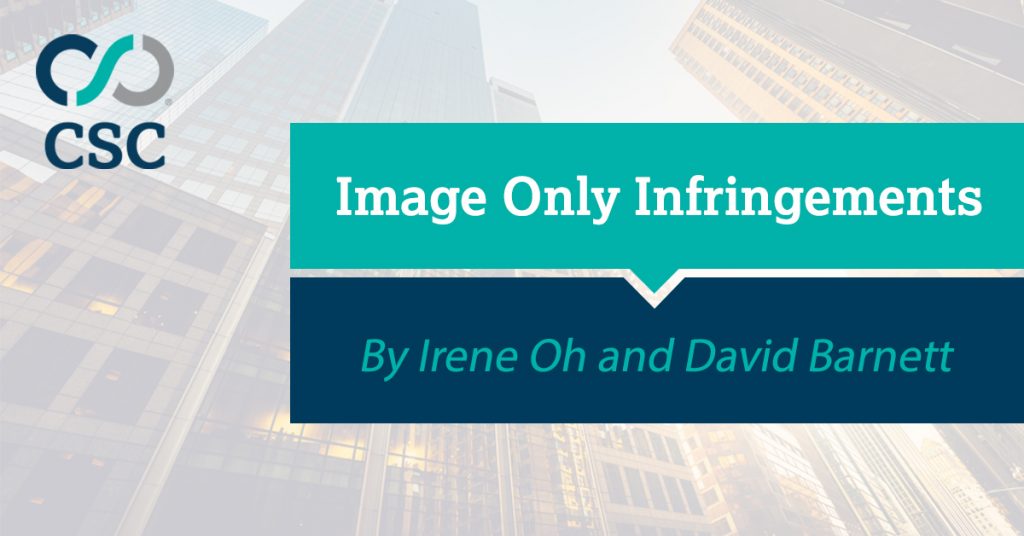
David Barnett | Brand Marketing Subject Matter Expert Share this post



Introduction
Often in the context of brand protection services, we encounter online content that does not include any text-based reference to a brand name, but instead uses an image that’s associated with the brand in question, or one of its products. This can be found on eCommerce sites, independent websites, social media posts or accounts, and is sometimes referred to as graphical brand-specific content.
Use of official images without authorization from the rights owner, with or without the associated presence of a logo or a figurative trademark, can be deemed an infringement. Infringing images can comprise a logo or a figurative trademark (i.e., a registered trademark, or an image of a product copied from the brand owner’s official website or authorized store front, including a screenshot of a site taken from a mobile phone).
Detection
Detection of these types of results online can be difficult for the rights owner, particularly given the fact that the conventional way of searching for infringing results is via the use of text-based keywords, which may not effective at detecting images. In cases where detection of images is a required focus of the monitoring, it may instead be necessary to use generic product- or industry-specific search terms expected to appear in conjunction with the images of interest, though this approach can generate high volumes of non-relevant results.
Since image posting is becoming a more popular means for users to share internet content, service providers are also being forced to up their game. Some of the most well-known online image-search tools have existed for some time now. However, some eCommerce sites, such as websites belonging to the Alibaba Group, have been developing similar functions, and allow their users to perform image searches across their websites.
However, as effective as these various image-search tools can be to bring back relevant results, there is still much scope for improvement. We’ve seen that a slight modification to an image, such as the removal or addition of a sentence within an image, can cause an “un-matching” of the result from the search, thereby causing potentially-relevant results to be missed.
Enforcement actions: current state-of-play
Depending on the channel on which an image infringement is detected, we may be able to file a copyright complaint to request its removal; eCommerce sites such as eBay® and the Alibaba Group do have procedures to report copyright infringements, and the Chinese sites Tmall and Taobao have a tool called Bazai, designed to help their fashion sellers protect their pictures from being stolen by another seller.
U.S.-based sites, social media sites, and website hosting providers generally follow complaint procedures based on the Digital Millennium Copyright Act (DMCA), although DMCA filling is also widely used by others outside of the U.S.
The necessary requirements to start enforcement actions can vary, depending on where the infringing images are found; however, providing the link to the original image is generally a must when filling complaints.
Often, sites following DMCA processes, or those with any sort of copyright complaint procedure, are compliant and quick to take action on behalf of a brand. Nonetheless, we have experienced challenges in some countries where their copyright law is slightly different. For example, Allegro—a Polish eCommerce site—has had to adapt its policy to the Polish Copyright Act[1]:
Copyright exception for out-of-commerce works
The amendment introduces a new form of exception based on the framework Memorandum of Understanding (MoU) on Key Principles on the Digitisation and Making Available of Out-of-Commerce Works, which was discussed in the European Commission in 2011.
An out-of-commerce work in the Polish Act means a work that is neither: available for customers in the course of trade with the consent of its copyright holder; nor placed on the market in the form of copies in number satisfying rational needs of customers; nor made available to the public in such a way that members of the public may access them from a place and at a time individually chosen by them.
In addition to copyright complaint, in cases where the image consists of a logo or registered figurative trademark, another option to have the image removed is to file a trademark infringement complaint. Of course, the feasibility of this option needs to be reviewed case-by-case.
Despite these possible enforcement routes, rights owners should also take note that some instances of image use may constitute fair use, in cases where education, parody, or reviews are involved. In these cases, there’s a possibility that attempted enforcement action can have an adverse effect on public relations. Beyond this, our experience in the brand protection industry suggests that many internet users simply have virtually no knowledge of copyright law.
Enforcement actions: future developments
While it appears that many countries have mature image copyright complaints
procedures in place, we’ve become aware this year of approval of a new EU directive
on copyright, though this has not yet been implemented. Stay tuned for an
update from CSC on how this new procedure may affect brand protection and
enforcement activities.
[1]communia-association.org/2015/12/17/summary-of-2015-amendments-to-the-polish-copyright-act/